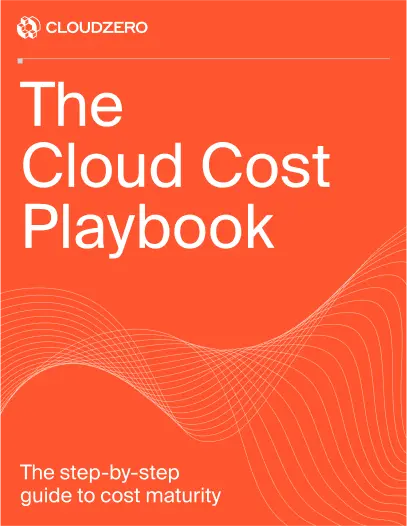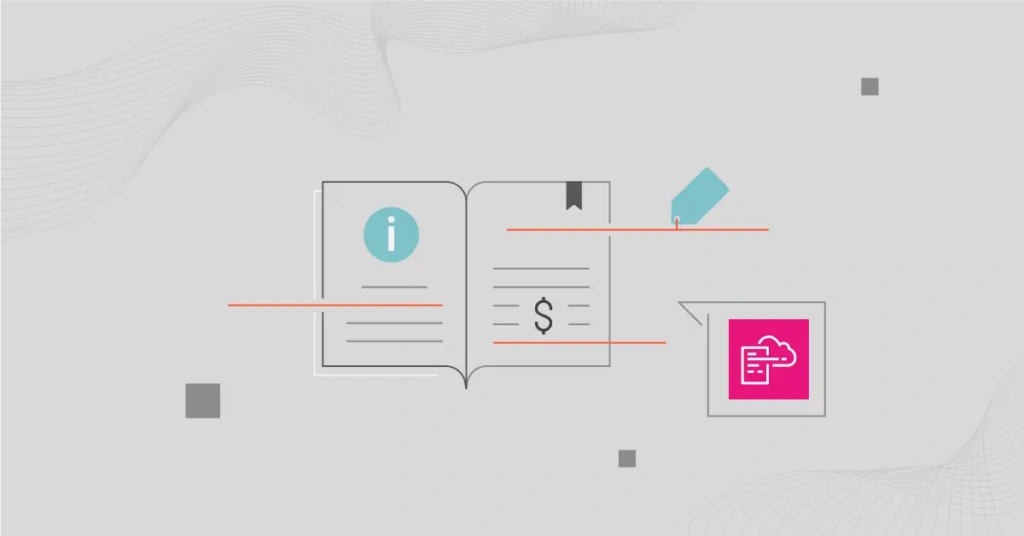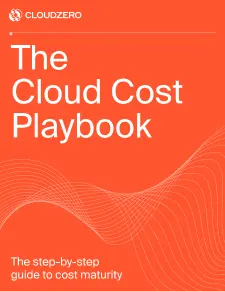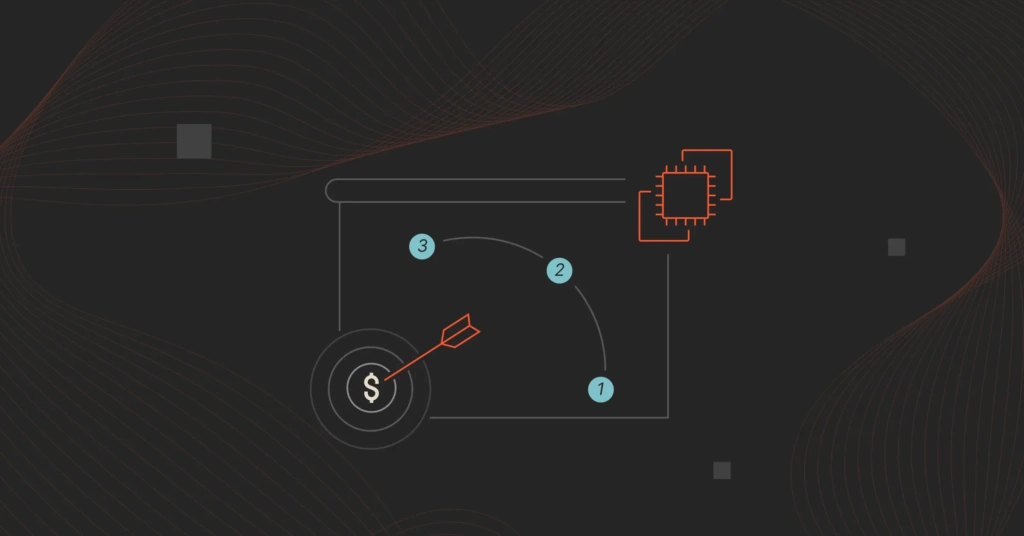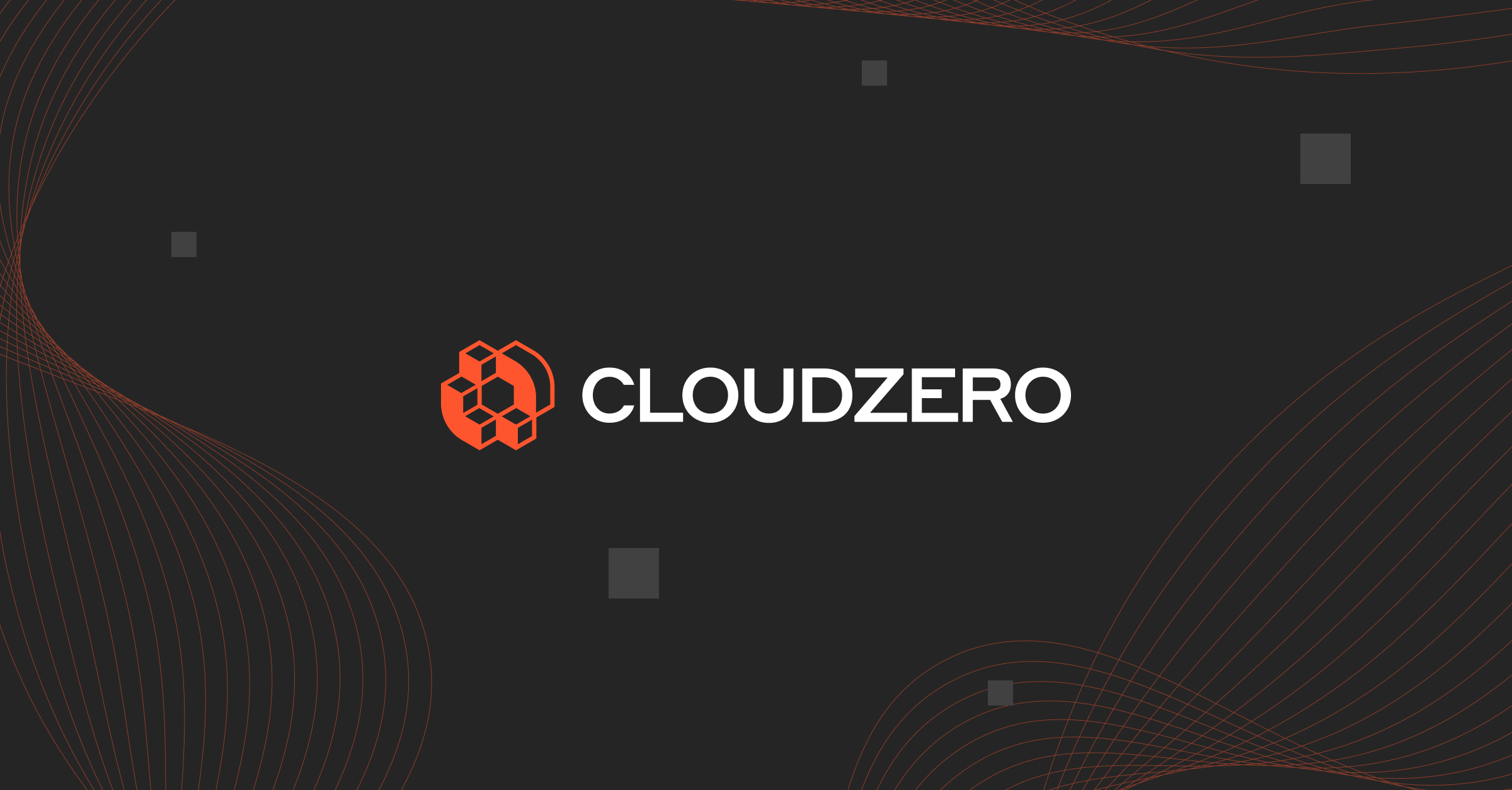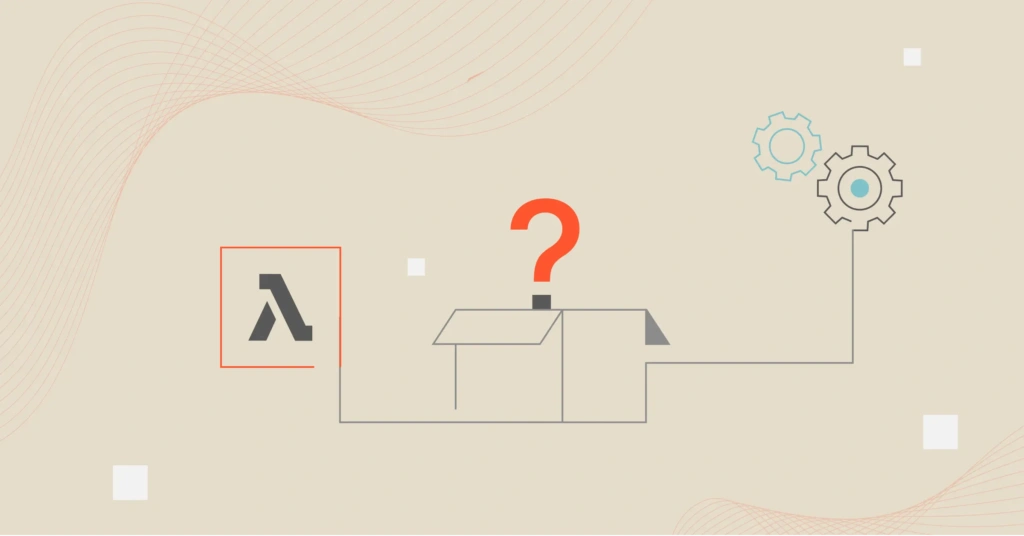Nearly every industry today uses AWS for different services. Developers, cloud architects, DevOps engineers, and IT teams all use it to provision servers, databases, and storage.
However, doing this service by service and then wiring them together can get messy.
That’s where AWS CloudFormation comes in to save time, enforce consistency, and lower the risk of misconfigurations.
But beyond simplifying infrastructure management, one big question remains: at what cost?
This article covers AWS CloudFormation pricing, the hidden costs that can be overlooked, and how to optimize spend without slowing innovation.
But first…
What Is AWS CloudFormation?
CloudFormation is an infrastructure automation and management service offered by AWS. Instead of manually configuring EC2 instances, S3 buckets, or IAM roles in the AWS console, you define everything in a template file written in JSON or YAML.
CloudFormation then reads that template and provisions the resources exactly as described.
This makes deployments repeatable, consistent, and much less error-prone compared to doing it all by hand.

Source: AWS
It also handles dependencies automatically. Think of it like this:
- A VPC must exist before you can create a Subnet in it
- A Subnet must exist before you can launch an RDS instance inside it
- An IAM Role must exist before you can attach it to a Lambda function
- A Load Balancer must exist before you can attach a Target Group or Auto Scaling Group (Learn more about AWS autoscaling here)
- A DynamoDB table must exist before you can configure a Lambda trigger on it
- An S3 bucket must exist before you can apply a Bucket Policy to it
- A Security Group must exist before you can attach it to an EC2 instance
- A KMS Key must exist before you can enable encryption on an S3 bucket
- A CloudWatch Log Group must exist before a Lambda function can stream logs there, etc.
These are just a few of the many infrastructure dependencies in AWS. CloudFormation handles them automatically, so engineers don’t have to figure out what to create first.
But it’s not just the engineers. You’ll notice more CloudFormation benefits based on your role:
- For developers: It speeds up environment configuration and ensures development, testing, and production look the same
- For cloud architects: It offers reusable templates, enforces best practices, and replicates complex stacks with ease.
- For DevOps/SREs: It automates deployments, rollbacks, and scaling
- For security teams: It bakes in IAM rules, encryption, and network policies so compliance is automatic, not an afterthought
- For QA/test teams: It builds a reliable, disposable test configuration on demand
- For product managers: It launches test or demo environments fast
- For Finance/FinOps: It ties costs directly to stacks, projects, or teams, making cloud spend visible and predictable.
And speaking of costs, here is how AWS CloudFormation pricing works.
CloudFormation Pricing: Is It Really Free?
Here is the thing. AWS CloudFormation is free, but that only applies to the service itself. You’ll still pay for every AWS resource CloudFormation creates, exactly as if you had launched them manually in the console.
For example:
- If you launch an EC2 instance through CloudFormation, you will incur the usual EC2 compute and storage charges. Here is a complete guide to Amazon EC2 Pricing.
- If you launch RDS databases, S3 buckets, or Lambda functions, you’ll be charged their normal resource costs.
But there’s more. Using third-party providers or custom extensions can trigger extra costs beyond the usual AWS resources, as you’ll see below.
CloudFormation pricing with third-party providers
While most teams use native AWS resource types, some advanced platform teams opt for third-party providers to manage non-AWS infrastructure within their CloudFormation templates.
Here is how pricing works in this scenario:
Pricing item | Cost | Usage context |
Free tier | First 1,000 operations per month | Per account, resets monthly |
Handler operation | $0.0009 per operation | Applies to third-party resource handlers |
Handler operation duration | $0.00008 per second | Charged when a handler runs longer than 30 seconds |
Here are two examples (adapted from AWS) so you can see what costs could look like:
Example 1: You manage 500 third-party resources (e.g., AnotherCompany::Dashboard::Instance). You run one “handler operation” per day for each (say, an update or read). None of them exceeds 30 seconds.
Here’s how the cost will be calculated :
Handler operations = 500 resources × 30 operations/month = 15,000 ops
Free tier is 1,000 ops, so 14,000 × $0.0009 = $12.60/month
Example 2: You manage 200 third-party resources, one daily operation each. Some operations are slow, accumulating a total of 4 hours of operation time above the 30-second threshold across all resources for the month.
Here’s how costs will look:
Handler operations = 200 × 30 = 6,000 ops
Overage duration = 4 hours × 3600 s = 14,400 seconds
Cost = (6,000 − 1,000 free) × $0.0009 + 14,400 × $0.00008 = $4.50 + $1.152 = $5.65/month
However, while $0.0009 per operation may seem like a small amount, it adds up if you have many third-party or custom resource types and frequent stack updates. The free tier, while helpful, is also often overlooked by most teams, who assume all operations are free until the bill arrives.
That’s why it’s important to go beyond knowing all the costs associated with CloudFormation and develop a clear plan to track and control them before they spiral.
How To Plan For And Manage CloudFormation Costs
Like any other cloud workload, the key to treating CloudFormation stacks is simple: budget, track, and optimize them from the start. Here’s how:
Audit third-party resource usage
First off, if you use third-party or custom resources, monitor their handler operations. Track how often they trigger and how long they run — because this directly drives CloudFormation’s handler charges.
Get cost estimates before you deploy
Use the AWS Pricing Calculator to model the costs of each resource defined in your templates (EC2, RDS, S3, etc.) before launching stacks. This gives stakeholders realistic expectations and prevents unexpected overages.
Apply budgets and alarms
Use AWS Budgets and CloudWatch Alarms to alert teams when stack-related spend exceeds thresholds. Here’s a quick read on AWS CloudWatch pricing.
Regularly clean up abandoned stacks and resources
Old, forgotten stacks are one of the biggest hidden sources of cloud waste. Schedule quarterly reviews of old stacks and remove unused resources. You can also set lifecycle policies and automatic stack deletions.
Right-size resource defaults in templates
Define sensible defaults such as smaller EC2 instance sizes or lower storage volumes in your templates. This ensures developers don’t accidentally launch expensive infrastructure for testing or dev workloads. Learn more about right-sizing your instances here.
Tag every stack with cost metadata
Apply consistent cost allocation tags (such as team, environment, project, etc ) to every CloudFormation stack. These tags help connect spend to the teams or projects driving it. This is crucial for FinOps reporting and chargeback/showback models. However, manual tagging can be error-prone, as you’ll see below.
Leverage AWS Cost and Usage Reports (CUR) with Cost Categories
Enable AWS CUR and layer Cost Categories on top to group CloudFormation-driven spend by project, team, or business unit. However, these reports won’t explicitly show “CloudFormation handler cost” unless you drill deeper.
That’s where CloudZero comes in.
Master CloudFormation Costs With CloudZero’s FinOps Lens
This CloudFormation guide has hopefully clarified its cost structure.
But let’s be honest. While CloudFormation is free, you’ll still incur charges whether using AWS or external providers.
And the elephant in the room is that AWS doesn’t surface a single “CloudFormation spend” line. Costs land under the services it created (ELB, NAT, EKS, CloudWatch, Data Transfer, etc.) plus any third-party invoices.
In registry resources that cover a range of third-party providers such as Snowflake, New Relic, Databricks, and others, per-operation charges are listed in the CUR. However, they don’t carry stack or team tags automatically. This means surfacing them requires manual tagging, which, as we mentioned, is prone to errors.
So, how does CloudZero help?
For AWS, CloudZero ingests the CUR directly. It then uses its CostFormation engine to map costs from individual AWS resources back to their CloudFormation stacks. On the CloudZero dashboard, teams can see per-stack cost views
For example:
This stack costs $120/day — 40% from NAT Gateways, 25% from ELBs, 20% from EC2, etc.
This gives FinOps teams full visibility into CloudFormation-driven spend, eliminating the need for perfect tagging hygiene.
For third-party platforms, CloudZero pulls in vendor bills too and aligns them with your AWS stacks. Take a look at this CloudZero dashboard, for example:
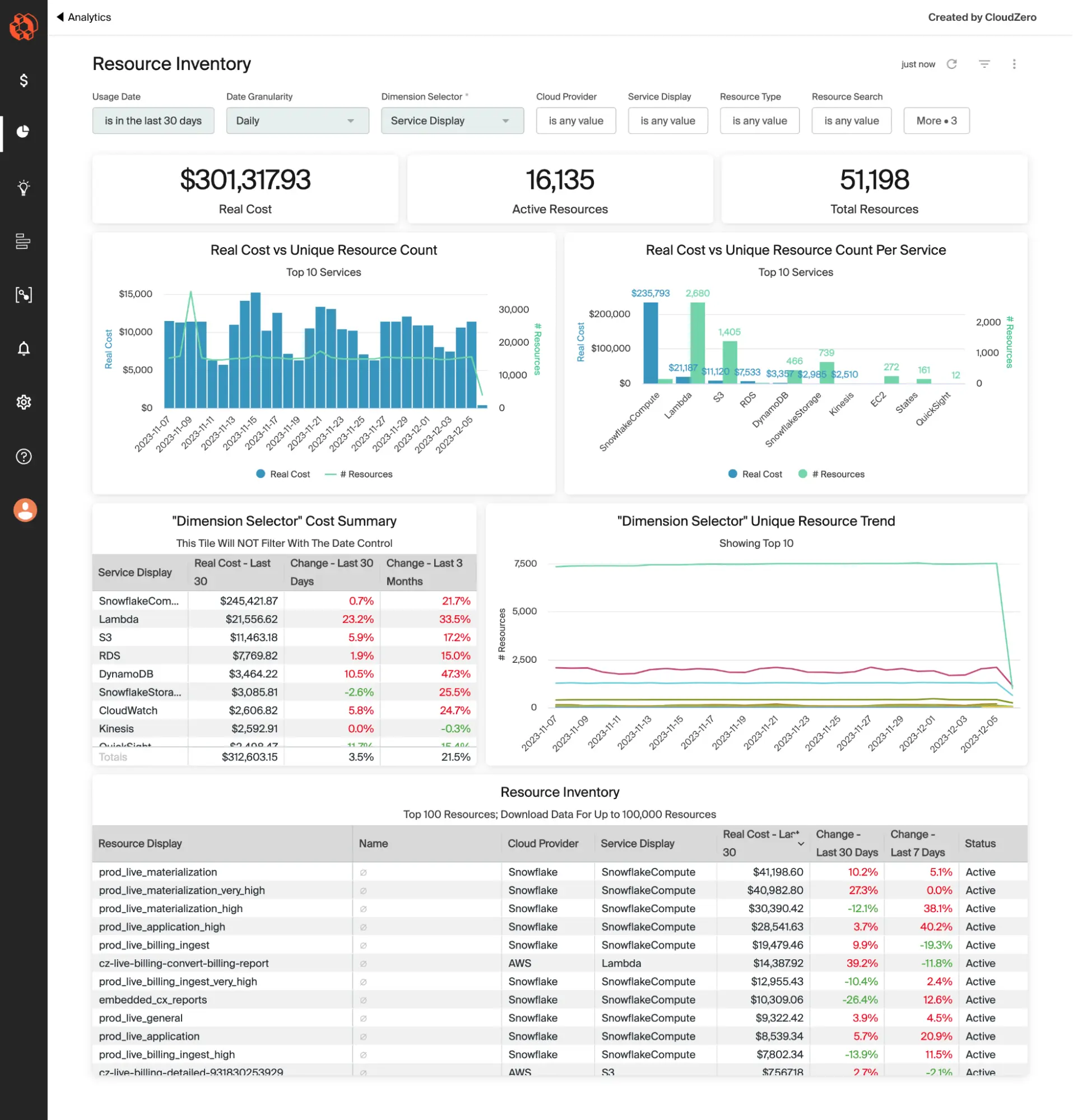
The dashboard displays each resource created (both native and third-party) and their costs side by side, grouped by business context. This enables finance to view cloud spend through the same lens that engineering uses to plan and deliver its work.
But CloudZero isn’t just about tags.
Unlike traditional finance-only tools, CloudZero integrates cost data directly into engineers’ workflows. They can see how their code and deployments affect spend in real time. This context turns budgets from abstract numbers into daily guardrails, helping engineering teams stay accountable.
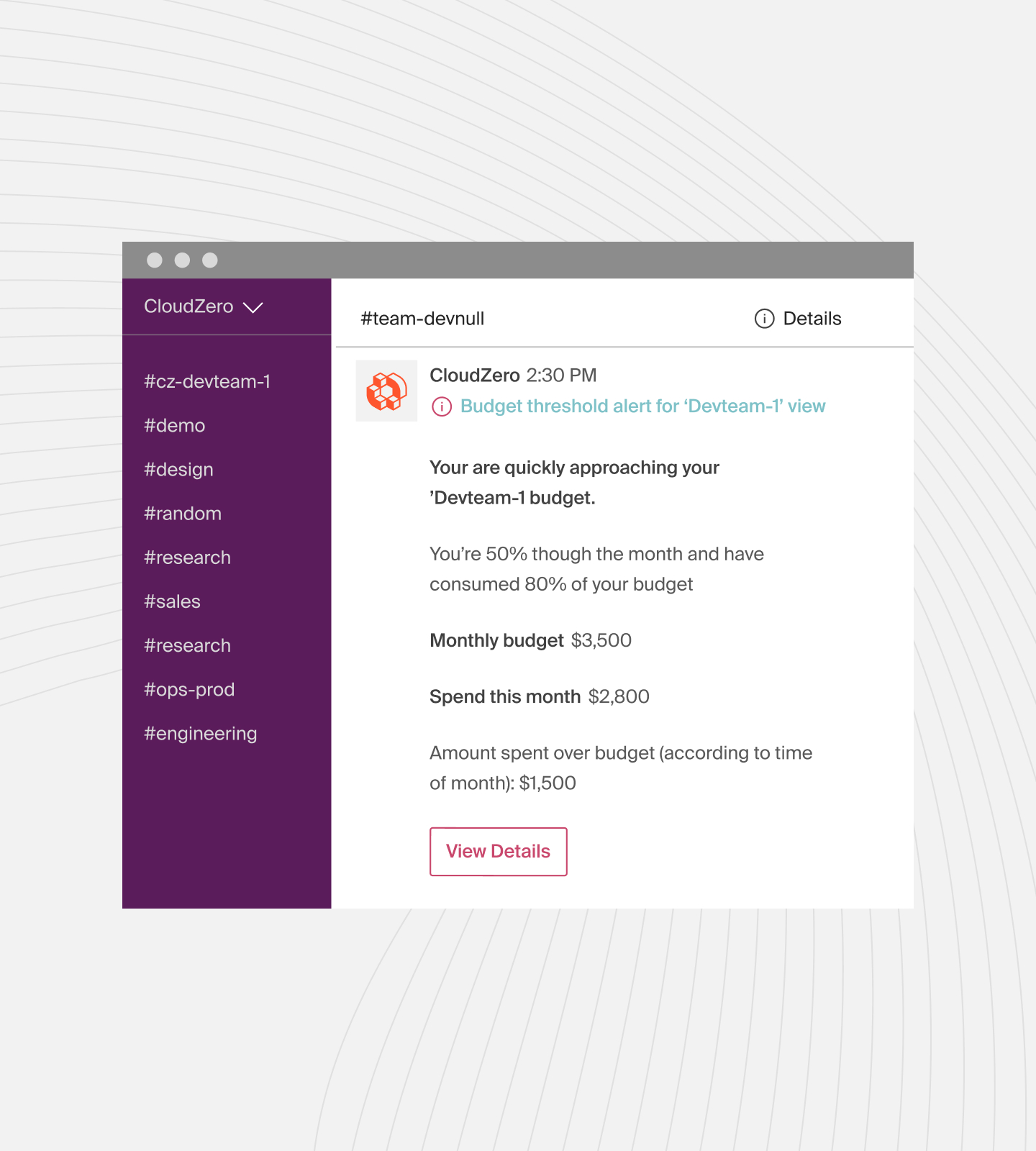
CloudZero also closes the loop between finance and engineering. When engineers release new features, they can instantly track their cost impact. This feedback encourages cost-aware decisions. It also enables finance to validate ROI on new work without waiting for end-of-month billing data.
With CloudZero, you can also project current spend trends forward, helping teams forecast where costs will land by the end of the month or quarter. This ensures effective plan capacity, justifies budgets, and prevents surprise bills before they hit the finance team’s desk.
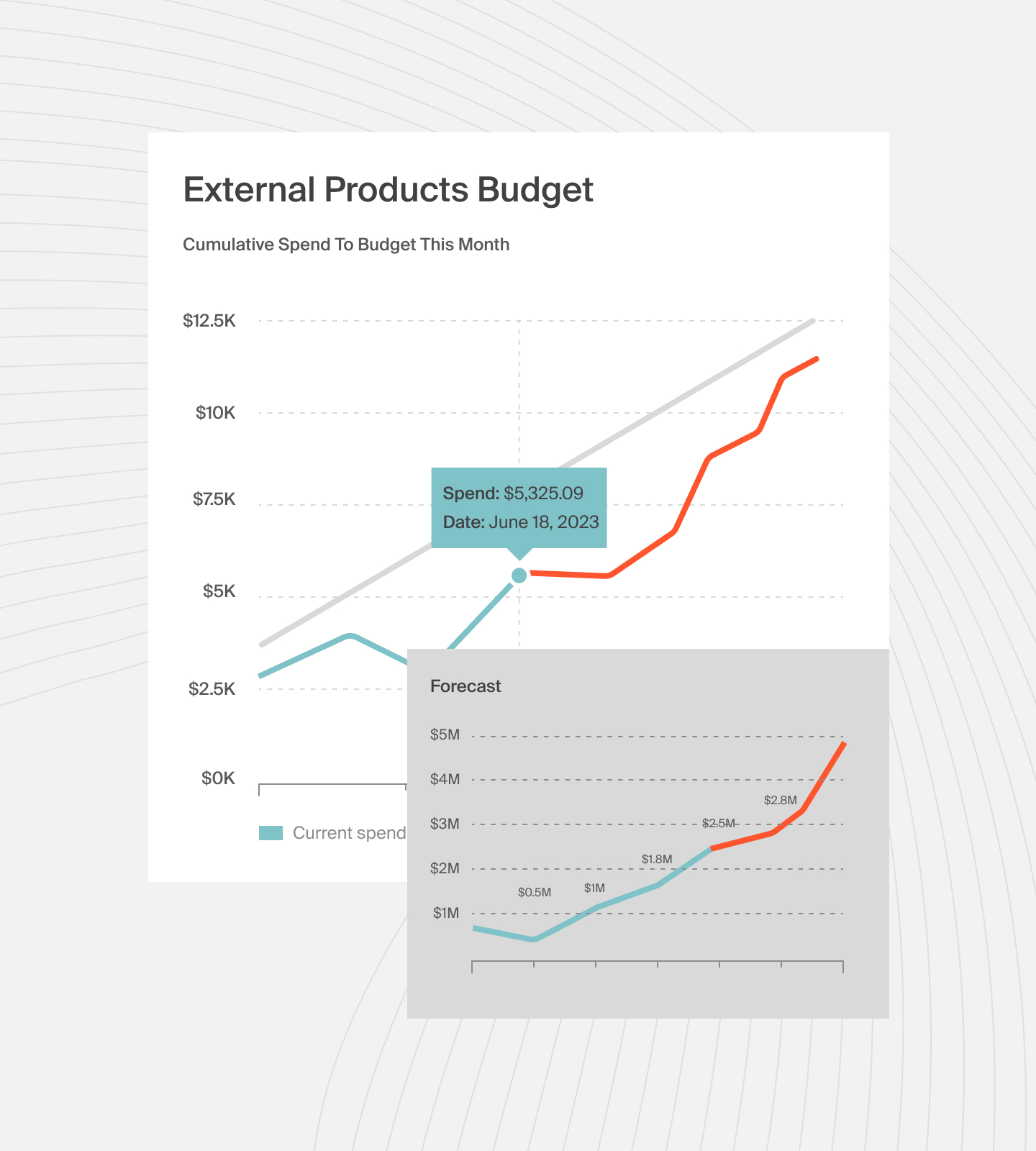
And not just that. CloudZero:
- Delivers cost anomaly alerts in real time so teams catch overspend fast
- Integrates with nearly every cloud provider and SaaS platform you use. Think Snowflake, MongoDB, Datadog, and more — for a unified cost view
- Ties cost data to unit economics such as cost per customer, team, project, and more for strategic FinOps decisions
- Shows a clear reservation roll-off schedule — start/end dates and upcoming expirations to avoid surprise spikes
- Partners with ProsperOps and Xosphere to reveal discounts and maximize commitment savings
But reading about CloudZero is just the tip of the iceberg.  to see why billion-dollar brands such as Skyscanner, Wise, Expedia, Remitly, Duolingo, and more trust CloudZero to manage their cloud spend.
to see why billion-dollar brands such as Skyscanner, Wise, Expedia, Remitly, Duolingo, and more trust CloudZero to manage their cloud spend.
FAQS
Is AWS CloudFormation really free to use?
Yes. CloudFormation itself has no base charge. But you pay for the resources it provisions. Also, using third-party providers incurs handler operation costs.
Why do teams use CloudFormation instead of manually creating resources?
CloudFormation enables teams to version, reuse, and scale infrastructure consistently. It saves hours of manual configuration and enforces best practices.
What are the main challenges of using CloudFormation?
Common challenges include template complexity, managing dependencies, and a lack of cost visibility across stacks. These can lead to overspending if left unchecked. CloudZero helps by linking resource-level costs back to business context.
How can I control and track CloudFormation costs?
Use cost allocation tags, AWS Cost Categories, and detailed billing (CUR) to track stack spend. You can also use CloudZero to map costs directly to stacks, teams, and features, giving FinOps full visibility.
Related reads:
